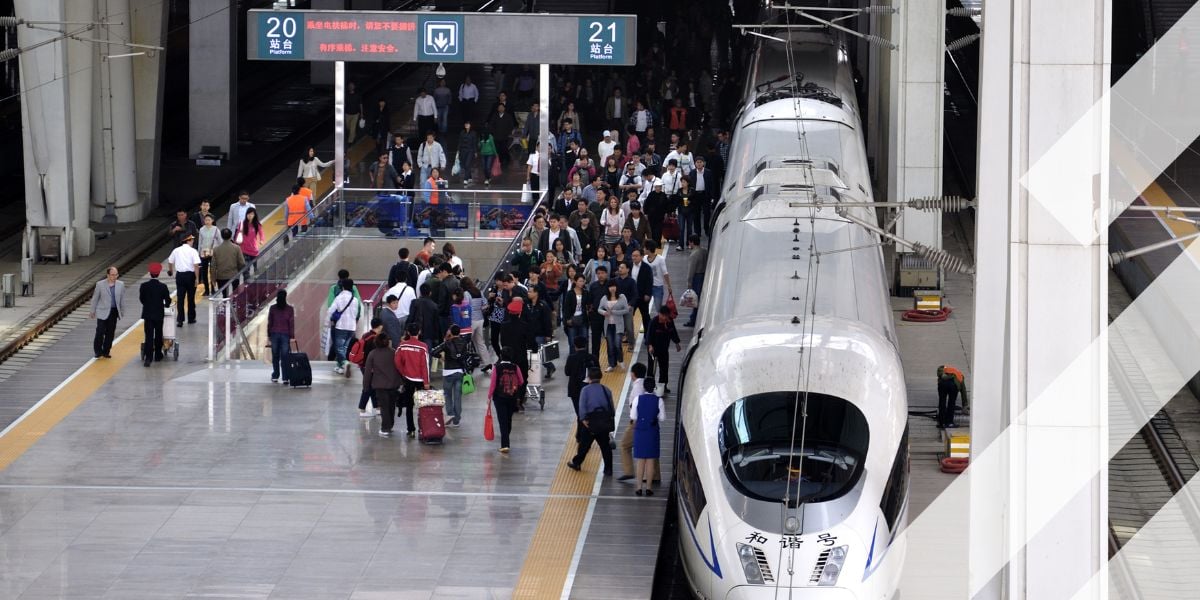Adaptive traffic control
Variable message signs, which offer wireless installation and remote control, present a sustainable, cost-effective solution to the rising challenges of traffic management
Author: Karen Koelma, export sales director, Triplesign System
The shift toward sustainable mobility calls for a complete overhaul of current infrastructure. Roads are becoming more congested every year, with various vehicle types like e-bikes, scooters, and even AVs sharing the same space. This increasing complexity, combined with limited space for new infrastructure and the rise in extreme weather conditions, creates a challenging environment for road safety and efficiency.
Due to spatial limitations, different road users now share the same space, increasing the likelihood of accidents, especially at intersections where speed variance is a significant risk factor. Traditional traffic signs, reliant on static information, lack adaptability and cannot respond to real-time traffic changes, which escalates the chance of accidents. Adding extra instructional signs often leads to greater confusion, as there’s a limit to the amount of data drivers can safely process.
To address these challenges, digital signage – particularly LED variable message signs (VMS) – is being increasingly deployed. However, LED VMS have notable drawbacks. For example, they consume considerable energy, have a relatively short lifespan, and generate substantial waste at the end of their lifecycle. Operating an LED sign wirelessly requires large batteries and solar panels, making it both resource-intensive and costly, especially as battery demand rises and availability decreases over time. Additionally, LED VMS are susceptible to malfunctions, and the reliability of their suppliers has often been inconsistent.
Energy efficient Triplesigns
In locations where message variations are minimal or where consistent, long-term display is required, rotating signs like Triplesign offer a far more sustainable alternative. Triplesign systems are exceptionally energy-efficient, consuming just 0.14Wh. Their wireless installation is simple, they require no maintenance, and their durability is unmatched. Critically, the signs continue displaying messages even during power outages, as no electricity is needed to keep a message visible.
The Triplesign is constructed for a more durable world, with the best possible lifecycle technology for reusing materials. The durable, passive components are separated from the active components. The active components are constructed on separated sections inside the durable, anodised aluminium frame. After the recommended 20 years, users simply slide the section with the active components out of the frame and insert a new one. After this operation, Triplesign recommends an exchange after another 20 years. This lifecycle technology minimises waste and installation work, providing an eco-friendly and cost-effective investment.
Medium and large cities especially face the daunting task of maintaining accessibility and safety with constrained budgets. Affordable alternatives, like Triplesign’s energy-efficient VMS, offer dynamic signage that requires no permanent power supply, operating instead on renewable energy sources.

Proven technology
Triplesign signs use low-energy wireless communication and can be controlled remotely via a back-end portal or through sensor technology. Integration with existing traffic systems is also possible using APIs, allowing real-time responsiveness. A recent example is a pilot project in Stockholm aimed at enhancing pedestrian safety. During peak pedestrian times, the speed limit drops from 30km/h to 15km/h, using camera sensors to adjust based on pedestrian density. Meanwhile, trucks in this area are also geofenced to adhere strictly to speed limits, and initial results show improved traffic flow and safety.
Another application is in Belgium, where variable speed zones help reduce accident rates on roads with high pedestrian and cyclist traffic. Excessive speed remains the leading cause of accidents, especially impacting vulnerable road users. Many municipalities are now adopting Triplesign’s technology to implement variable speed limits. During peak school hours, the speed limit automatically adjusts to 30km/h. The signs’ efficient energy use enables them to run on solar power even in areas with limited sunlight, and real-time updates are possible via wireless back-end control.
.png)
Extreme weather
Because the signs can function autonomously and be activated by sensor technology, Triplesign’s traffic signs are well-suited for areas prone to flooding. In cases of heavy rainfall, roads can become inundated, often taking time for pumps to clear the excess water. During this period, flooded sections may be impassable, requiring drivers to wait or divert to safer paths. With Triplesign’s system, a flood sensor installed at a critical height can detect rising water levels, instantly activating the signs to warn drivers of the hazard and provide real-time instructions to navigate the affected area safely.
There are numerous other application areas, such as narrow road passages, high winds on bridges, and flexible use of road sections such as opening and closing lanes during rush hours or in road construction areas.
In summary, prism-based variable message signs (VMS) present a sustainable, cost-effective response to the rising challenges of traffic management. Their adaptability supports real-time speed adjustments, which significantly improve safety and reduce energy costs. For local governments, these innovative signs represent an impactful and budget-friendly investment in creating safer, more sustainable urban spaces.
.png)
This article is avaliable to read in the Intertraffic World magazine 2025.
Share your story
Do you have an innovation, research results or an other interesting topic you would like to share with the professionals in the infrastructure, traffic management, safety, smart mobility and parking industry? The Intertraffic website and social media channels are a great platform to showcase your stories!
Please contact our Sr Brand Marketing Manager Carola Jansen-Young.
Are you an Intertraffic exhibitor?
Make sure you add your latest press releases to your Company Profile in the Exhibitor Portal for free exposure.





